Home Cost 4kW Solar System Price
4 kW Solar System Price: Rebates & What You Can Run
Perfect for smaller to medium-sized houses, a 4kW system has got what it takes to supply enough juice for a variety of home appliances including a washing machine, dishwasher, fridge, TV, lights, and more extra bits and pieces.
With the potential for significant savings and government rebates, it’s time to take a closer look at what a 4 kW solar system entails and the 4 kW solar system price. In this blog post, we will explore factors that affect the cost, output, and savings of a solar system and how to assess your energy needs to make the most of this investment.
Table of Contents
ToggleShort Summary
- A 4 kW solar system in Australia costs $5,192 with the STC rebate and GST.
- Government rebates of between $1,300 and $1,800 may be available for a 4 kW system or larger. The rebate amount depends on where you live in Australia.
- Savings of up to $1,708 per year can be realised through the installation of a 4 kW solar system with time-of-use billing.
4 kW solar system pricing breakdown
On average, the cost of a 4 kW solar system in Australia is $5,192, inclusive of the STC rebate and GST. The cost may vary widely depending on factors such as location, panel quality, and installation costs.
Understanding the impact of these factors on the cost of your solar system will help you make an informed decision.
Cost by location
The cost of a 4 kW solar system can vary depending on the location, with prices typically ranging from $5,000 to $5,400, including installation. For example, a fully installed 4 kW solar system in Sydney can cost between $5,000 and $6,000.
It is essential to research the average prices in your area to determine the most cost-effective option for you.
The following table provides you with the average costs of a 4 kW solar system in different states in Australia. Have a look.
| State | Average Cost |
|---|---|
| New South Wales | $5,192 |
| Tasmania | $5,388 |
| Victoria | $5,388 |
| Australian Capital Territory | $5,192 |
| Western Australia | $5,192 |
| Northern Territory | $4,995 |
| Queensland | $4,917 |
| South Australia | $5,192 |
Panel quality and price
Panel quality plays a significant role in the overall cost of a 4 kW solar system. There are two types of 4 kW solar systems available: microinverter systems and string inverter systems. The cost of these systems can range from $4,000 to $7,000, depending on the type and location.
Higher-quality panels and inverters may require a larger initial investment, but they can offer better value for money in the long run..
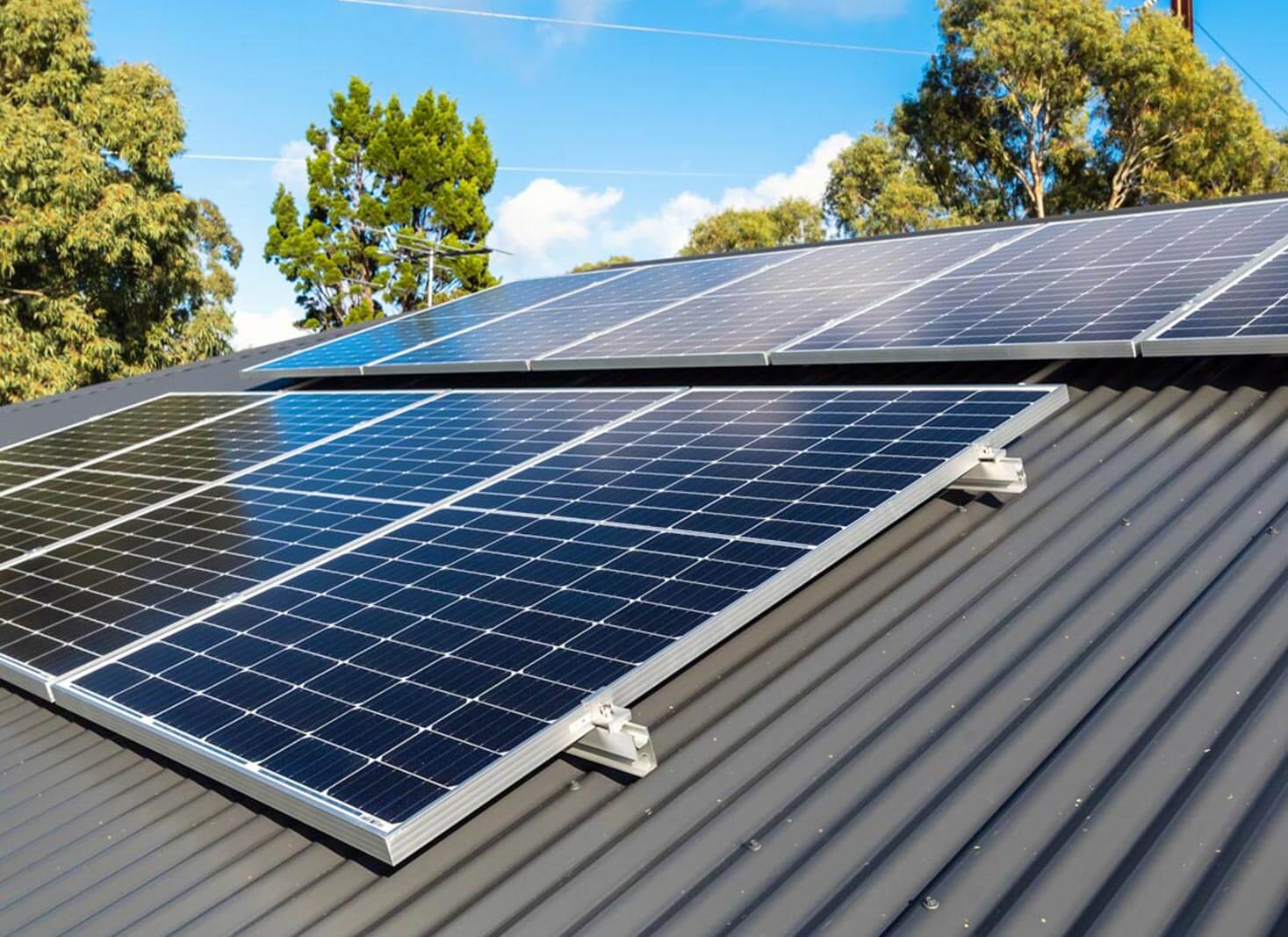
Installation costs
Installation costs for a 4 kW solar system in Australia can range between $4,000 and $7,000, depending on factors such as location and the quality of the system. Complex installations may also incur additional costs.
To ensure you’re getting the best deal, it’s essential to compare quotes from reputable installers in your area and inquire about any government rebates or incentives available for installing solar panels.
Government rebates for a 4 kW solar power system
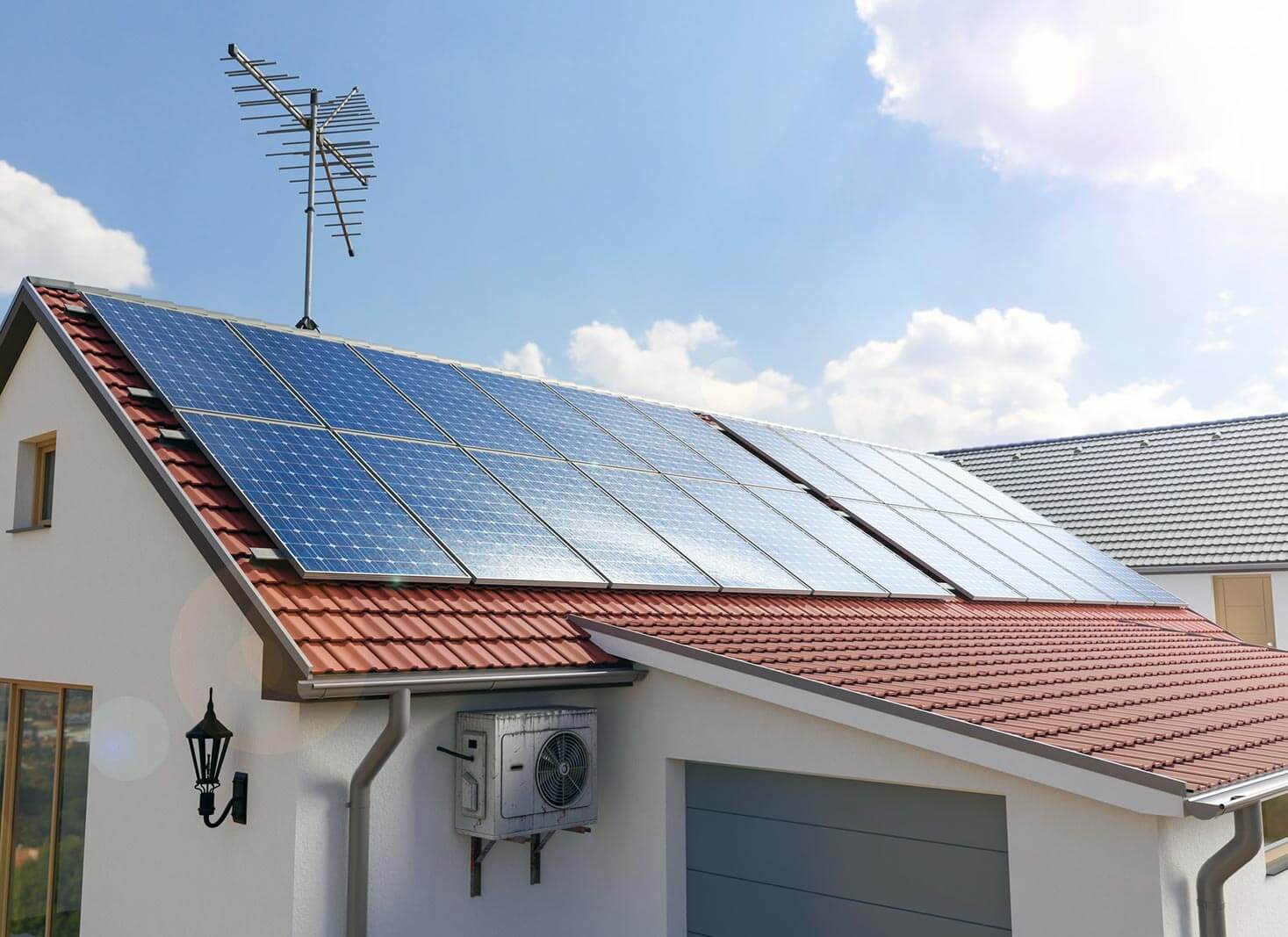
Depending on the state, government rebates may be available for a 4kW solar system. For instance, the federal government offers a rebate under the Renewable Energy Target (RET) for solar systems, where eligible households can claim a 50% rebate on the cost of their new solar system, up to a maximum of $1,400 for a 4kW system or larger.
Moreover, some states, such as Queensland and Victoria, provide additional rebates for solar systems.
The following table shows the government rebates available for 4 kW solar systems in Australia.
| State | Rebate Amount |
|---|---|
| New South Wales | $1,493 |
| Tasmania | $1,297 |
| Victoria | $1,297 |
| Australian Capital Territory | $1,493 |
| Western Australia | $1,493 |
| Northern Territory | $1,690 |
| Queensland | $1,769 |
| South Australia | $1,493 |
Further reading: Australian Government Solar Rebates 2024
Assessing your energy needs before installing a 4 kW solar system
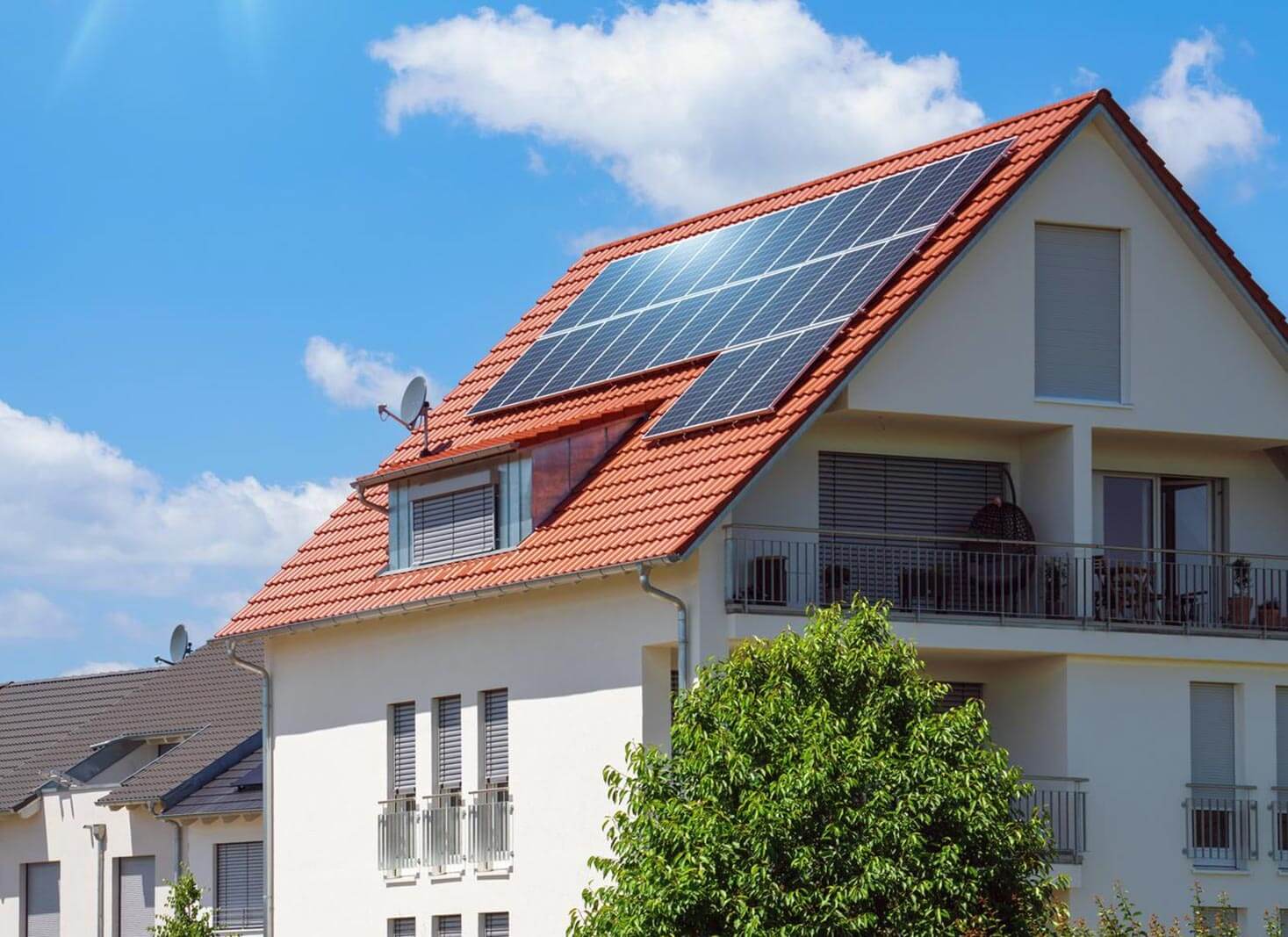
Before investing in a 4 kW solar system, it’s crucial to assess your energy needs to ensure you’re making the most of your investment. This involves evaluating your current energy usage, listing the appliances that will be connected, and noting the quantity of each appliance.
In addition, understanding the level of sunlight that hits your roof daily is essential for determining the efficiency of your solar investment.
Calculating your energy usage
To calculate your energy usage, you can use various methods, such as calculating the daily energy consumption using the formula (Wattage Hours Used Per Day) 1,000 or use an energy management system to assess energy demand and consumption in real-time.
By determining your energy usage, you can better understand the output you can expect from a 4 kW solar system and ensure that the system will adequately power your household.
What can a 4 kW solar system run?
A 4 kW solar system is suitable for a family of 3 or 4 and is generally adequate to meet the electricity needs of a residence ranging from 93 to 185 square metres. This system can power appliances and electronics during daylight hours, depending on the energy consumption.
How many panels will I need?
On average, a 4 kW solar system requires 16 x 250 W solar panels. If you buy a more efficient solar panel, like a 400 W panel, you will only need 10 panes to make up 4,000 W or 4 kW.
Formula:
4,000 Watts / 250w (panel size) = 16
4,000 Watts / 400w (panel size) = 10
Here are more examples of common panel sizes that can make up a 2 kW solar system:
- 500W x 8 solar panels to make 4.00kW
- 480W x 9 solar panels to make 4.32kW
- 450W x 9 solar panels to make 4.05kW
- 420W x 10 solar panels to make 4.20kW
- 390W x 10 solar panels to make 3.90kW
- 370W x 11 solar panels to make 4.07kW
- 350W x 11 solar panels to make 3.85kW
- 330W x 12 solar panels to make 3.96kW
Knowing the number of panels needed can help you plan the necessary roof space and installation costs. If you have limited roof space, you can opt for a better-quality, more efficient panel to output more watts for less roof space.
Roof space requirements
The average solar panel is 1m x 1.6 m, or 1.6 m2. A 4 kW solar system with 16 panels requires between 24 and 28 square metres of roof space. More efficient solar panels will require less roof space.
1.6 m2 x 16 panels = 25.6 m2 of roof space.
1.6 m2 x 10 panels = 16 m2 of roof space.
It is essential to know the roof space requirements for your solar system to ensure that your home is suitable for a 4 kW solar installation.
4 kW solar system output and savings
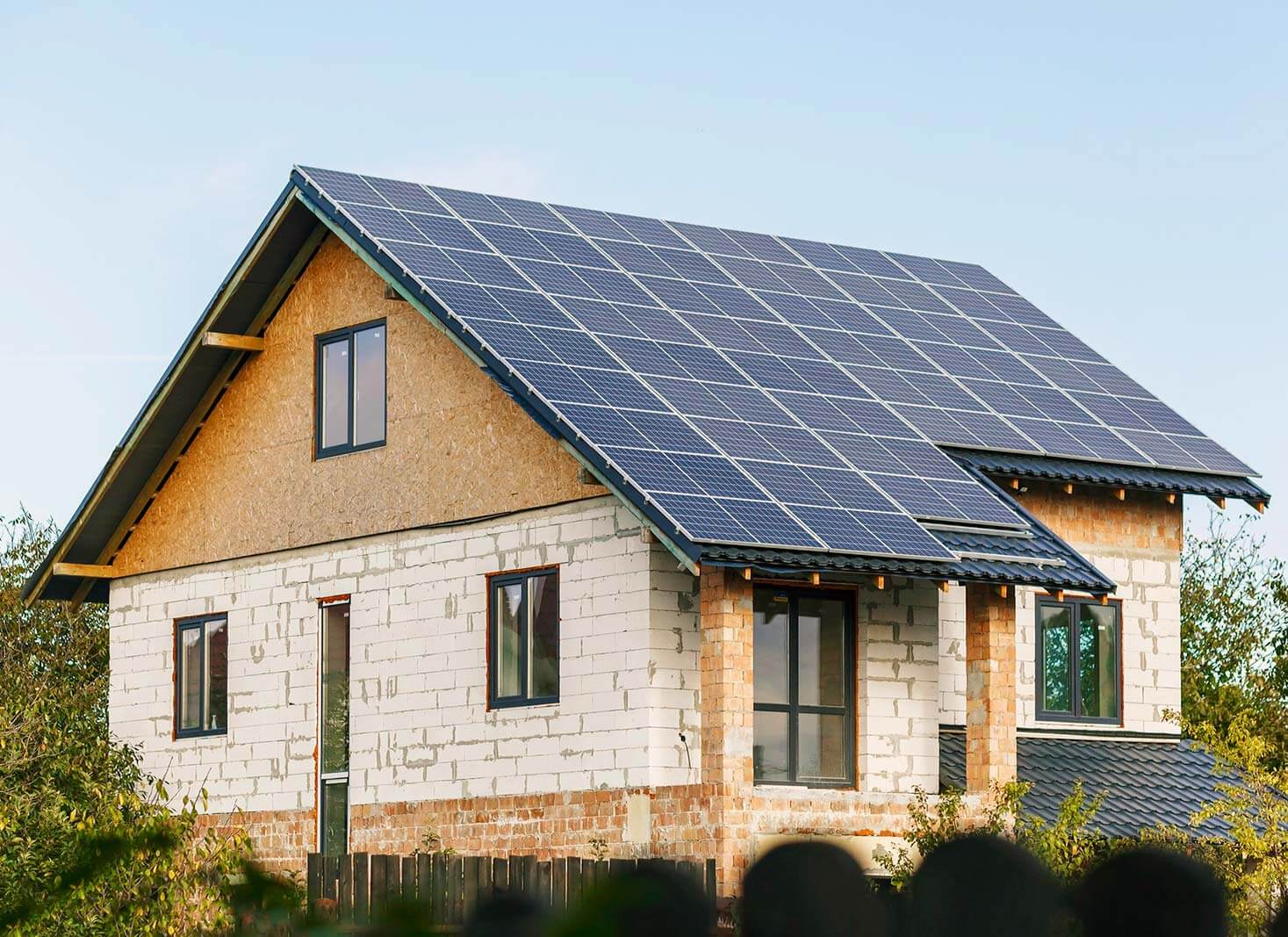
The output and savings of a 4 kW solar system depend on factors such as location, orientation, tilt, shade, and operating conditions. In Australia, the average solar system receives 4 hours of peak sun per day.
Understanding these factors and their impact on your solar system helps you maximise the savings generated by your 4 kW solar system.
How much power will a 4 kW solar system produce?
A 4 kW solar system is capable of producing approximately 16 kWh of energy daily. This output can vary depending on factors such as location, orientation, and tilt. For example, a 4 kW solar system in Sydney generates approximately 16 kWh of energy daily on average.
It is paramount to know the power output of your solar system to help you estimate the potential savings on your energy bills.
Estimated savings of a 4 kW solar system
It is estimated that a 4 kW solar system may provide up to $1,708 in savings per year when using time-of-use billing or $1,480 in savings when using a flat rate for power. These savings can vary depending on factors such as location, electricity rates, and usage.
Knowing the potential savings of a 4 kW solar system can help you make an informed decision about whether this investment is right for your household.
Factors affecting the output of a 4 kW solar system
The output of a 4kW solar system may be impacted by factors such as:
- Shading
- Roof orientation
- Roof pitch
- Climate
- Solar panel efficiency, size and capacity
- Location
- Weather conditions
- Environmental factors
By understanding how these factors influence your solar system’s output, you can optimise the design and installation of your solar system to maximise its efficiency and savings.
Types of 4 kW solar PV systems
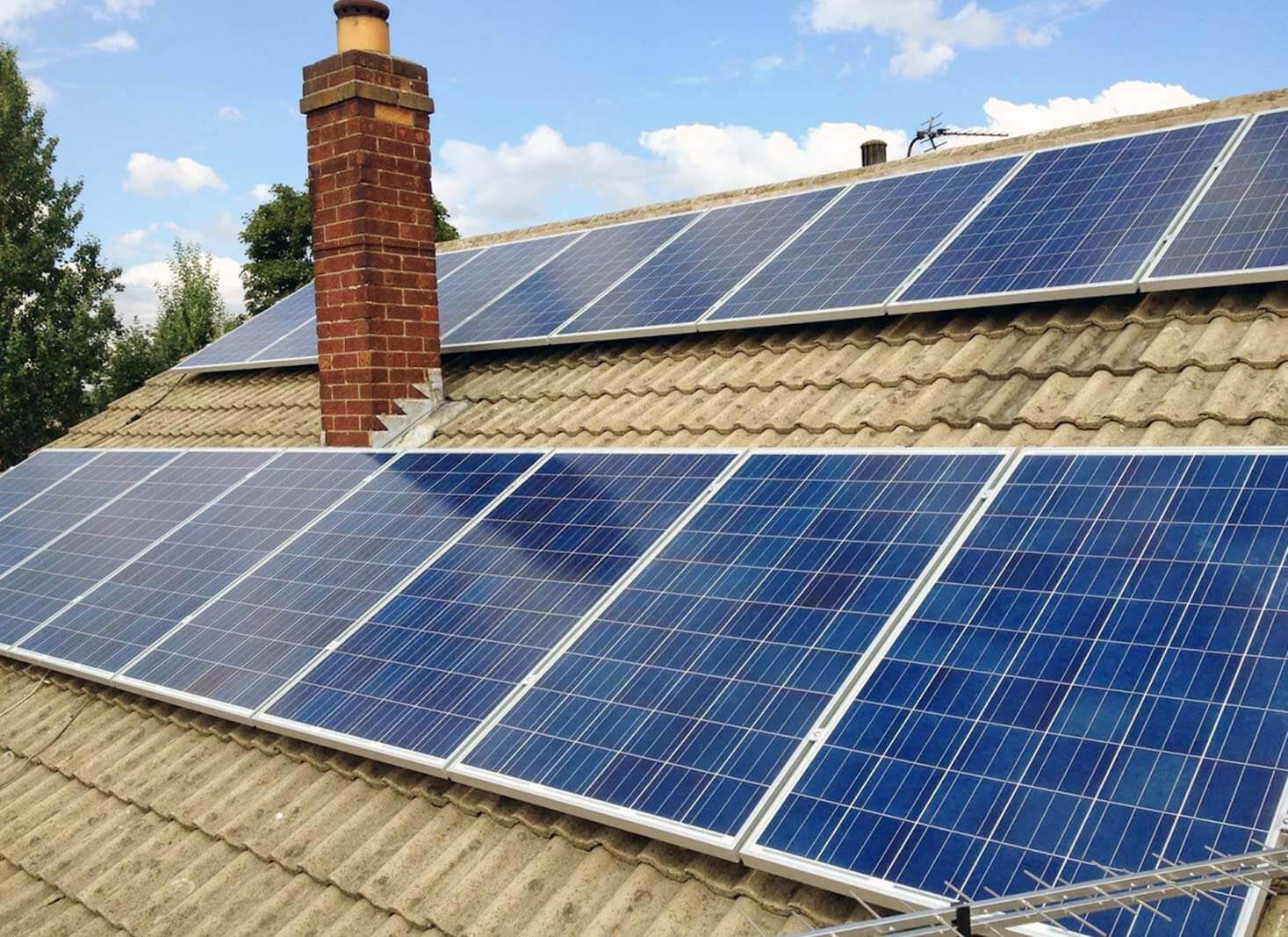
Two types of 4kW solar systems are available on the market:
- Micro-inverter systems
- String inverter systems
Each type offers its own set of advantages, with micro-inverter systems providing more flexibility in design and string-inverter systems being a good value option for unobstructed roofs.
It is important to understand the differences between these two types of solar systems to help you choose the best fit for your needs.
Micro-inverter systems
Micro-inverter systems offer increased design flexibility as each panel is independent of the others, allowing for arrays in different orientations and at different angles. This helps maximise your solar system’s power output and efficiency, especially when only a few panels are shaded or under snow.
Besides, installing solar panels with micro-inverter systems is simpler, more time-effective, and more cost-effective; it cuts up to 15% of the total installation costs. Micro-inverter systems are also more durable and have a longer lifespan.
String inverter systems
String inverter systems are a cost-effective option for unencumbered roofs, as they employ a single inverter to transform the DC power generated by the solar panels into AC power for use in the home. The solar panels are connected in strings to the inverter, making the system easy to maintain and highly efficient.
However, if the inverter malfunctions, the entire solar array will cease to function, and these systems may have a reduced lifespan.
4 kW solar system with battery cost
Since a 4 kW solar system generates up to 16 kWh of energy per day, a solar battery with a capacity of 11.2 kWh would be ideal.
Solar batteries cost between $800 and $2,000 per kWh on average. An 11.2 kWh battery would therefore cost between $8,960 and $22,400, depending on its type and brand. This means a 4 kW solar system with a battery would cost approximately $13,870 for standard systems and up to $27,310 for top-of-the-range systems.
Adding a battery to a 4 kW solar system can increase the overall cost of the system but also offer additional savings and incentives, depending on the state.
By incorporating a battery, you can store excess solar energy for use during peak times or when the sun isn’t shining, further reducing your reliance on grid electricity and increasing your potential savings. Additionally, batteries can provide backup power during outages, allowing you to keep your lights on.
Pro tip: Always choose a battery your solar system can charge efficiently. For instance, if you use about 30% of the energy per day from your 4 kW solar system (4.8 kWh), the remaining power should be able to charge your 11.2 kWh battery.
FAQ's
If you’re not ready to incorporate a battery into your solar system just yet, it is possible to add one at a later stage. However, the cost of adding a battery may be higher than the cost of installing a battery with a new system. This is because some rewiring may be done on the panels to make the system compatible with the battery. Also, you may also need to replace the inverter system with a new one.
A 4 kW solar system has the capacity to meet the energy requirements of a family of 3 or 4, depending on the energy consumption of the residence. This system can power appliances and electronics in a medium-sized home, making it a suitable investment for those looking to reduce their energy bills and contribute to a greener future.
It is an efficient and cost-effective way to generate clean energy, and it can be installed in a relatively short amount of time. With the right maintenance, a 4 kW solar system can last for decades, providing a reliable source of energy.
The cost of a 4 kW solar battery can range from $4,000 to $8,000, depending on factors such as location, brand, and type of battery. Some states offer rebates and incentives for purchasing and installing solar batteries, which can help offset the initial cost.
It’s important to research the battery options available in your area to ensure you’re making the most of your investment.
Compare Solar Panel Quotes
Table of Contents
Toggle









